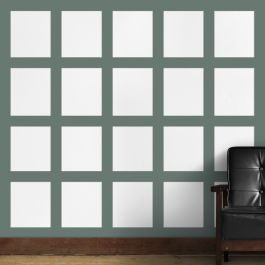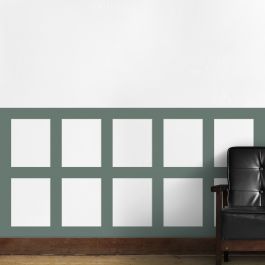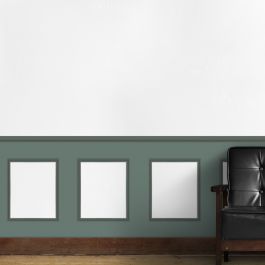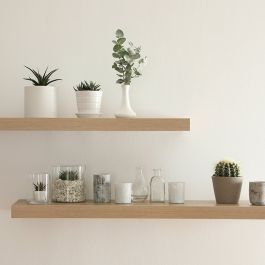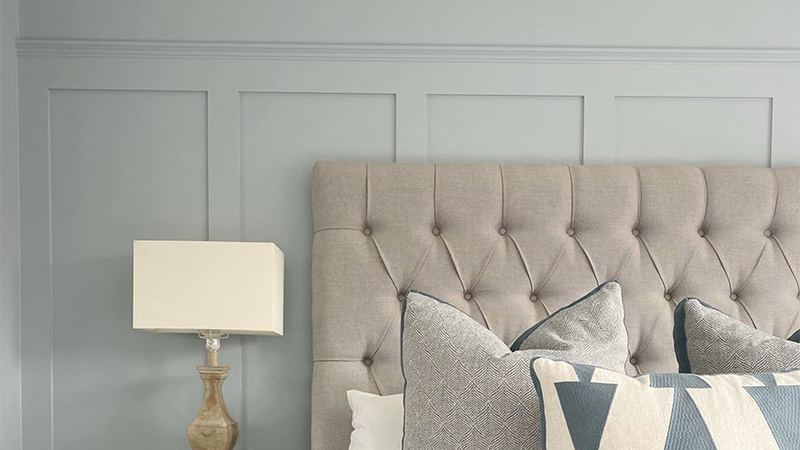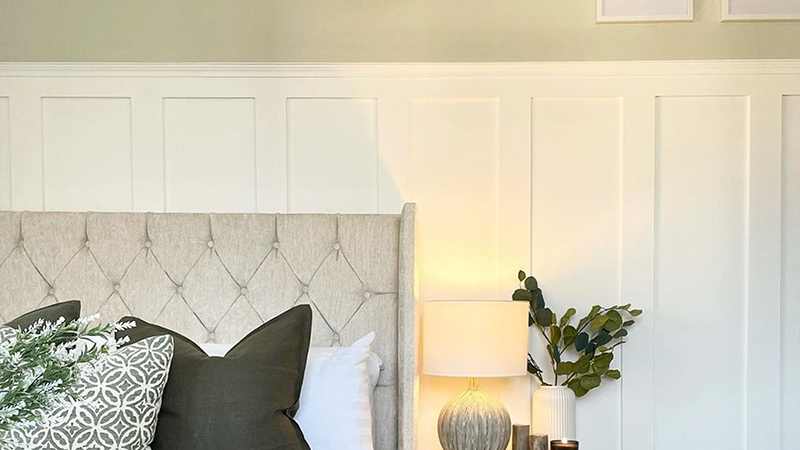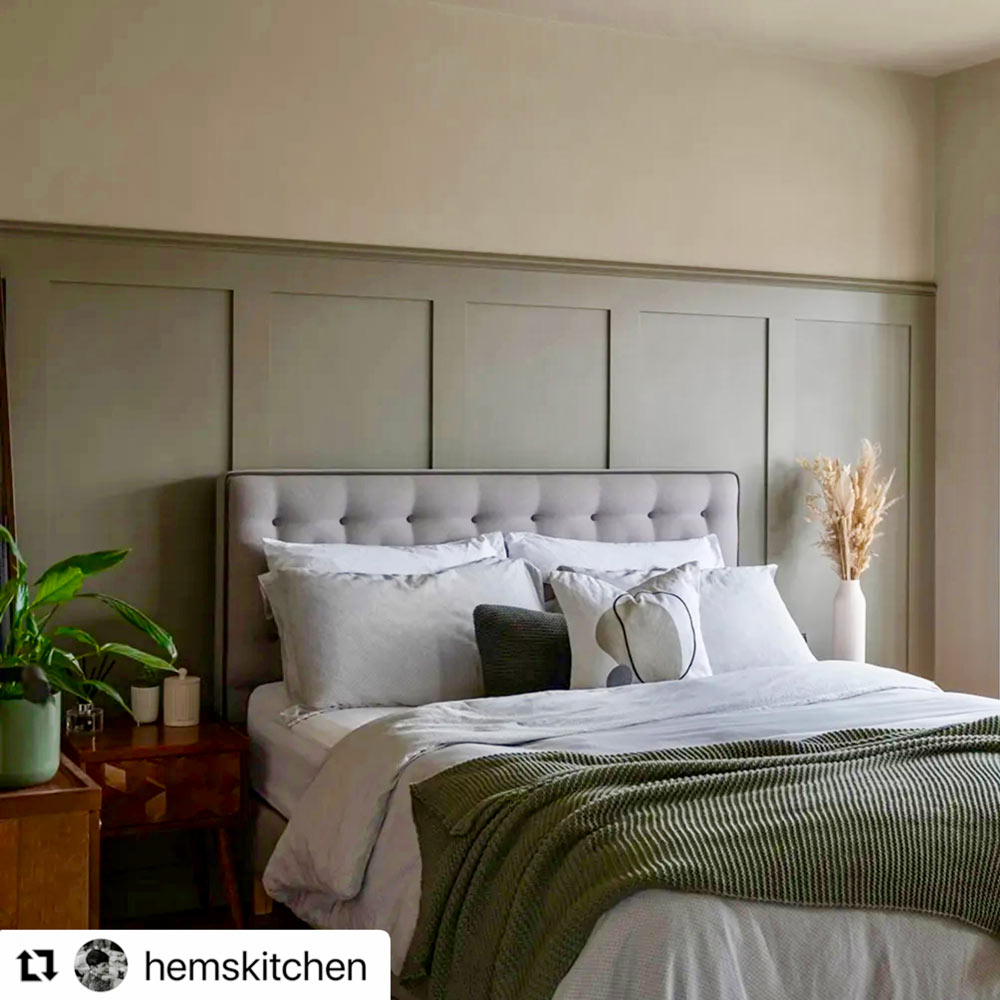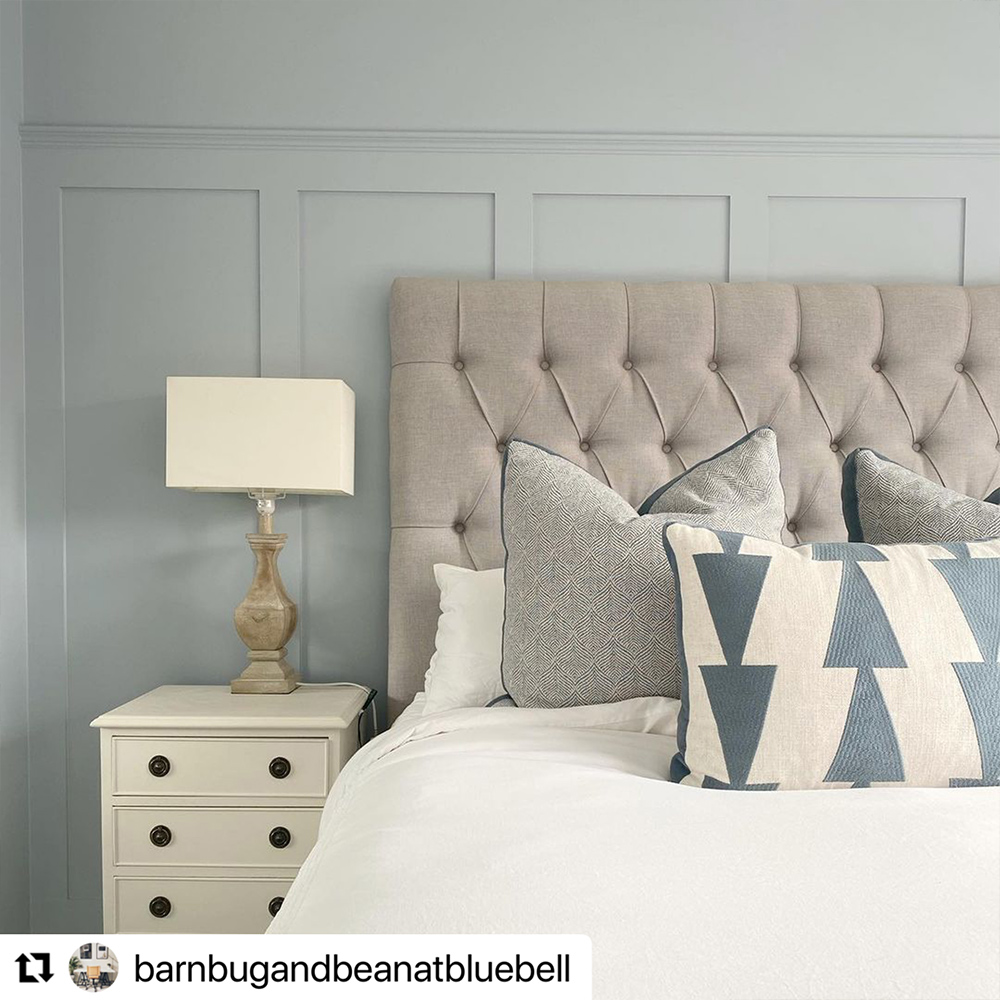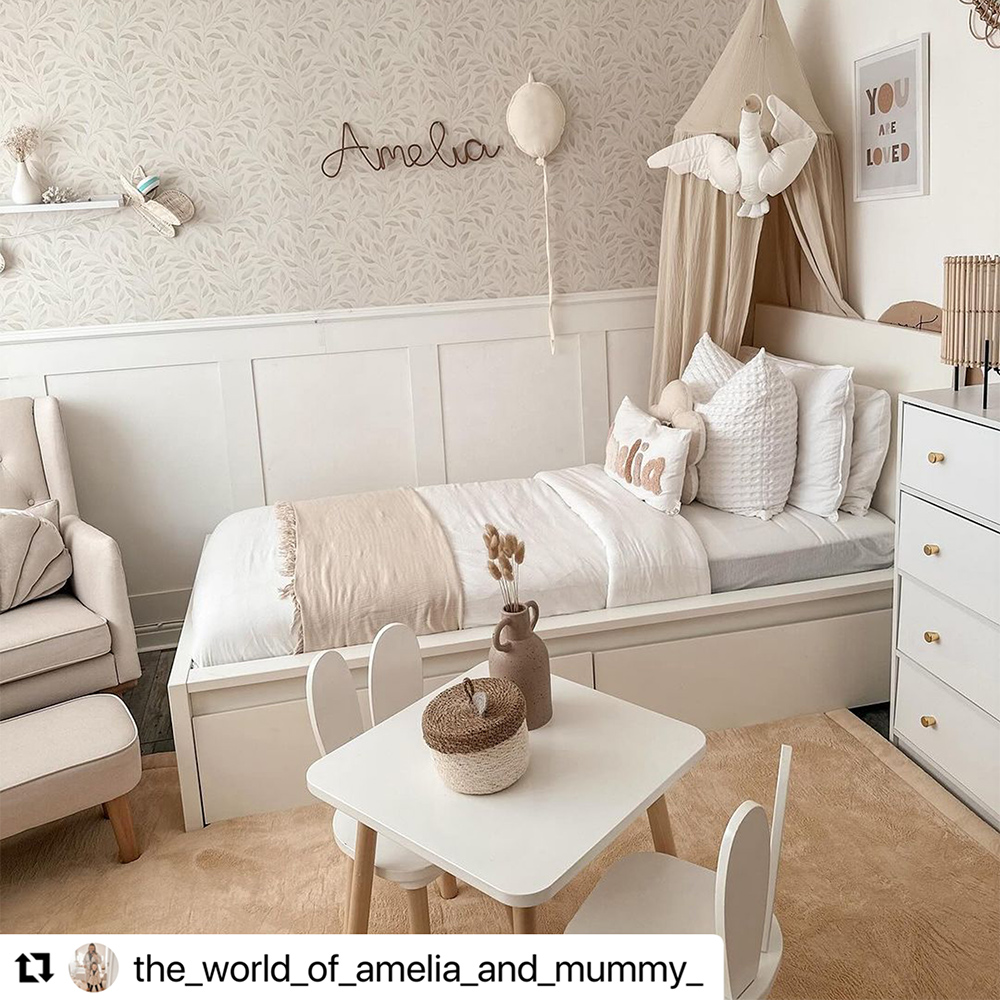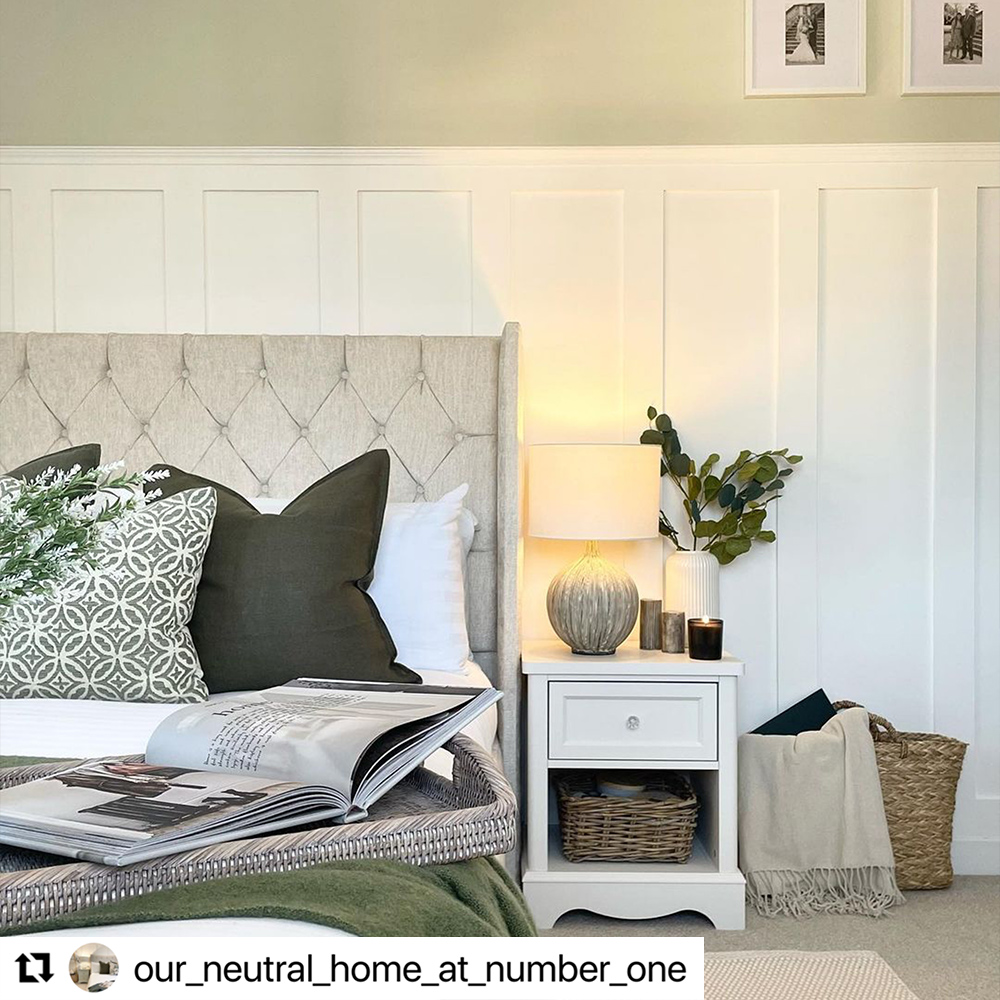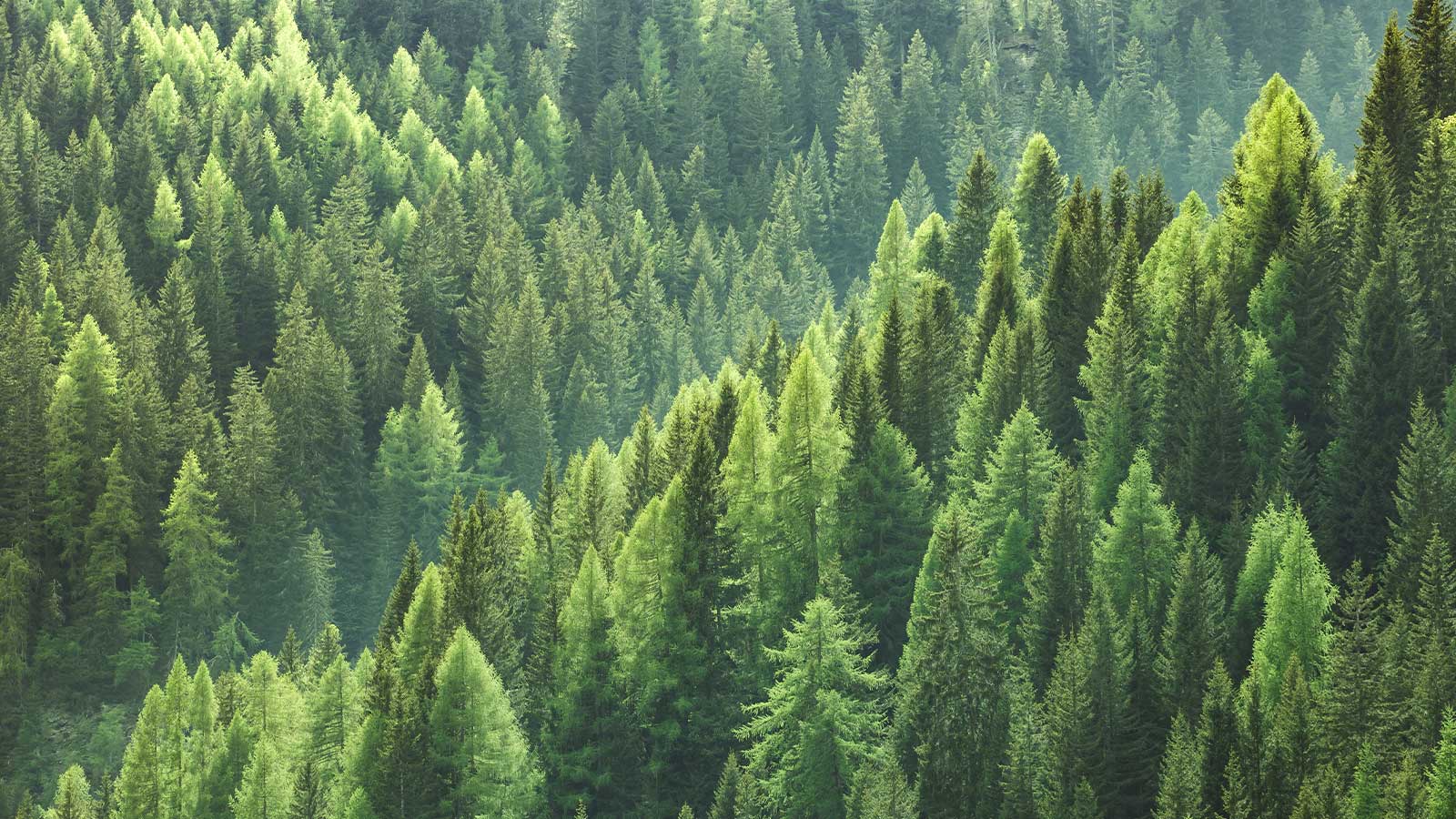Frequently Asked Questions
What are Dado Rails?
Dado rails are decorative wooden trims that are installed horizontally along the wall. They are often used above Wall Panelling to create a classic, elegant look.
Do I need Dado Rails if I have Wall Panelling?
While dado rails are not strictly necessary when installing Wall Panelling, they can add an extra element of style and sophistication to your wall and the overall look of the room.
What materials are Dado Rails made from?
Dado rails are typically made from wood, ours are made of Pine Wood.
How do I install Dado Rails with Wall Panelling?
Installing dado rails with wall panelling typically involves cutting the rails to size, but fortunately, we do that for you! All you need to do is attach them to the wall with adhesive. You can find instructions on how to install your Wall Panelling Kit and Dado Rail here.
Can Dado Rails be painted?
Yes, dado rails can be painted or stained to match the colour and finish of your wall panelling. This allows you to create a seamless look throughout the room or space. You can also choose the option for us to prime your Wall Panelling Kit and Dado so that it is ready to paint when it arrives to you.
How do I maintain my Dado Rail?
To maintain the appearance of your dado rails and wall panelling, it's important to keep them clean and free of dust and dirt. Use a soft, damp cloth to wipe down the panels and rails regularly, and avoid using harsh chemicals or abrasive cleaning tools that could damage the wood.
Is Wall Panelling expensive?
MDF wall panelling is an inexpensive option in comparison to using solid wood, or plywood. The cost of the wall panelling will vary depending on the size of the wall, though is a cheaper alternative to other ways of decorating a wall.
Is Wall Panelling outdated?
According to current trends, wall panelling is very popular and is continuing to rise. Today many homeowners opt for MDF wall Panelling as a great way to add a feature to a wall or to decorate it with texture and depth. Wall panelling can also be repainted to follow the current colour trends.
What is Wall Panelling made of?
Our wall panelling is made from MDF. This is a medium-density fibreboard and is an engineered wood-based sheet made by bonding together wood fibres with a synthetic resin adhesive and pressure.
How do you measure for Wall Panelling?
All you need to do is simply measure out the area that you would like to panel with a tape measure and input your measurements into our site along with your column/row preferences. Our site will work out the rest for you!
What comes in the Wall Panelling Kit?
Our wall panelling kits contain made-to-measure MDF Battens to create the shaker effect on your walls as well as a short instructional leaflet for installing them. We can supply the additional materials you will need for installation like adhesive, dust sheets, primer and filler. These can be added to your cart in the kit configuration tool on the Wall Panelling page, or found on the accessories page. Backing boards for unfinished walls are not included.
How do you put up Wall Panelling?
Wall panelling can easily be installed using adhesive, or screws. We would also recommend making sure you use a spirit level when installing to make sure that the pieces are flat. In addition, we have an installation guide for our MDF Wall Panelling with dado rail.
Does your MDF come primed?
Our MDF comes unprimed, but you can select for us to prime the front face of the wood for you. This will save you the time and effort of doing it yourself, so once your panelling arrives, it’s ready to paint!
Can I paint on MDF?
Often chosen for its inexpensive cost to create furniture, MDF can be painted to add some character or personality to any piece. We have written a guide to assist you in painting your MDF.
What is the best colour to paint Wall Panelling?
Following current trends, we see the colours shift according to the season and trend. Though typically people opt for painting MDF a darker shade, either green or blue, to manipulate any natural lighting and create interesting depth with shadows.














